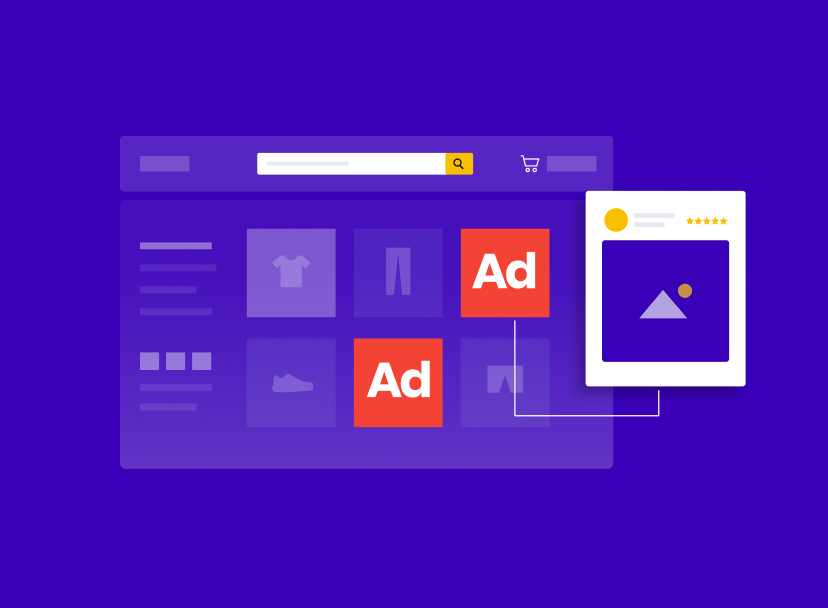Speaker Info

Abhishek Kumar
Head of Brand & Content
Openhouse
Bringing the best out of design for powerful growth marketing — How openhouse does it 💡
Open House’s Branding Lead Shares Tips on Redefining the Role of Designers as Storytellers
Abhishek Kumar, the Content & Brand Lead of Open House–an education company–reveals why designers need to think like storytellers, understand their audience, and spend time brainstorming to make marketing campaigns a success.
Driving profitable engagement is always the ultimate goal of any marketing activity. But in today’s era where every brand tries to push its products across channels, consumers could get overwhelmed with overflowing marketing gimmicks.
The key lies in subtly conveying your message through attractive designs. Unfortunately, according to the latest graphic design market analysis, 94% of consumers will leave a website with poor graphic design.
If your pitch looks unattractive or cluttered, or too salesy, it might immediately turn off your target audience, pushing them away. However, if you learn the art of finding and sharing stories even in your marketing communications, you will drive a more meaningful relationship with your customers in the long run.
At Rocketium, we had an exciting conversation with Abhishek Kumar in the recent episode of our podcast series, ‘Spilling the Magic Beans.’ Abhishek shares the crucial role of designers in marketing teams and why clarity, pace, storytelling, meeting deadlines, and creativity are critical for the marketing campaigns’ success.
Role of Designers in Marketing: The Importance of Clarity
Creating collateral for any marketing campaign involves a delicate balance of strategy and creativity. It’s often the marketers’ job to make sure that the designing team is briefed well about the design requirements, the deadlines, and the target audience.
But it is also the responsibility of the designing team to understand and have clarity of what the creatives are for and the very use of the campaign.
Seeking clarity in terms of the campaigns’ purpose will help the creative team be on the right path and avoid unnecessary revisions and missing the target of the marketing activity.
Reiterating his experience, Abhishek rightly substantiates the need for clarity from day one. He says:
“I think what I learned as a result of that over a long period of time is that I genuinely think that it’s great to channel your creativity into something, but it’s also super important to know where what is being used and asking the tough questions from the first day itself.”
To put his advice simply, Abhishek says that every creative person should ask specific questions to the marketing team before starting the work, like:
- What do the marketing teams exactly want in terms of design?
- Why are such designs needed?
- Who will be the target audience?
- What is the use and purpose of the entire marketing campaign or any creative?
These are some simple yet powerful questions that would hardly take 15 to 20 minutes but could save both the parties from a cumbersome editing and revision process at the end.
Understanding the Target Audience
While the aesthetic of the designs is crucial, it is more important that they resonate with the intended audience. Designers need to understand what the audience needs to see, and then they have to design the creatives as per their taste.
Abhishek puts it clearly in his conversation, saying: “Targeting the job of the designer today inside a marketing team is to understand who my target audience is.”
He further elaborates that the designers must brainstorm and ask themselves what they do to make the audience take action. Especially when it comes to startups whose audience doesn’t know them, the designer must create designs that would derive measure from the customers.
He says: “Before making any creative for a campaign, put yourself in the shoes of your audience and try to imagine what would resonate with them.”
To be straight: designs should derive action and conversion. And in the cases of startups, it is always wiser to make clear and simple messages that can help the audience easily comprehend what you do.
According to the graphic design report quoted earlier in this article, 80% of small business owners think graphic design is very important or moderately critical to the success of their business.
Giving the example of Open House, Abhishek explains how he ensured that the role of designers was simplified by making them aware of the brand’s target audience (parents) to develop compelling designs that would prompt users to take action.
For instance, Open House designers were made to understand the parents’ psyche, perspective, and concerns reflected in the design.
Let Numbers be your Compass
Abhishek shares a precious tip that he got from Yash, the founder of Open House; “Let your guide be the numbers.” He further elaborates that while running an ad on Facebook, Google, or similar platforms, one must monitor the numbers.
Focusing on the metrics such as the number of hits, likes, etc., while running different campaigns, marketers and designers can understand if a particular ad campaign is going well with the audience or not. Abhishek further says:
“Marketing is just a binary game. It’s either a zero or a one. There’s nothing else. It’s either going to work, or it’s not. So run it, learn from it. If it works, you scale it.”
Designers Must Be Storytellers
Good designing only comes with good storytelling. Therefore it’s interesting how designers can tell stories through marketing messages without being salesy.
Marketers must facilitate designers to a level where they understand the brand requirements and employ good design principles within the deadline.
To make the best of the designers’ creative pool, marketers must understand that for the success of any digital marketing campaign and the collaboration of the marketing and design strategies are critical.
It is also important for the designers to come out of their comfort zones and transport beyond their given job role. “Designers need to do more than create beautiful graphics. They need to be storytellers,” Abhishek says.
Pace Matters
Designing being a creative process might push the designers into a phase of creative block. But Abhishek clarifies why while designing for marketing, speed is all that matters:
“It’s more important for the designer to execute fast, learn fast, shoot it in the face or scale .”
For instance, a designer must be ready with 20 designs for different audio-visual mediums for various configurations such as desktops, mobile or physical spaces like hoardings, etc.
However, creating such diverse branding collaterals for different mediums in multiple formats like social media visuals, video, audio, etc., can be a daunting task.
It is practically impossible for designers to develop a variety of design assets—all equally excellent–in a limited time, especially in startups that can’t afford a huge team of designers, making the role of designers in such brands increasingly complex.
This is where creative automation can work wonders, of course, with minimal human assistance. It is best to use “intelligent creativity,” in other words–combining humans and machines. In such cases, creative automation platforms like Rocketium can come to the rescue.
Considering creative automation, and keeping in mind the two biggest takeaways from Abhishek:
- firstly, understand your audience, and
- secondly, test every possible hypothesis,
marketers, together with the designing team, can turn any campaign into a success.Rocketium is a high-end creative management platform that can help marketers automate their designs to run more effective campaigns faster. Book a demo today to know how we can help you in your marketing and brand-building efforts.













